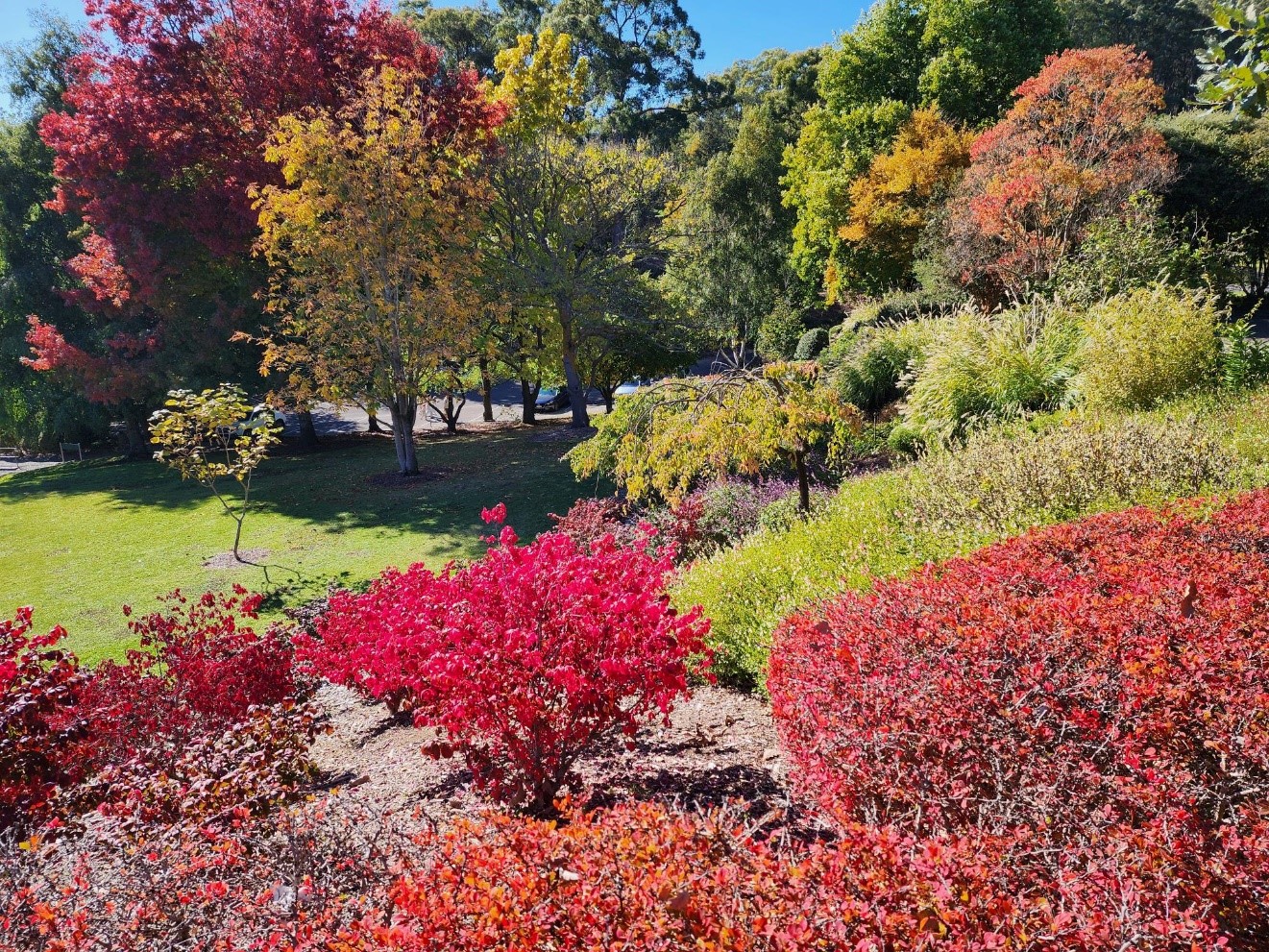Garden design and construction in cool climates like the Adelaide Hills can be a fulfilling endeavour. If you’ve ever dreamt of designing or building a sprawling garden in the Adelaide Hills, or an area in a similar cool weather climate, you could be in for an exciting project. Designing and constructing a large garden, especially one that may span a number of hectares, requires careful planning, a keen eye for detail, and a deep appreciation for the potential of nature’s beauty. ARO College can teach you all the essential steps that you’ll need to understand to bring such a garden vision to life; from initial brainstorming sessions to the final implementation phase.
1. Decide What Can Be Done
The first step in creating a large garden is to engage in open dialogue with your client. Understanding their needs, desires, and preferences is paramount. Take the time to listen attentively to their ideas, and take notes, while also sharing your expertise and insights. Together, you’ll lay the vision and groundwork for a garden that has both practicality and aesthetic appeal.
2. Agree on a Plan
Once you’ve gathered all the necessary information, it’s time to draft a comprehensive plan for implementing garden design and construction. Consider whether the project can be completed in one fell swoop or if a staged approach would be more suitable. Factors such as budget constraints, time limitations, and seasonal considerations should all weigh into this decision. Also, by breaking the project into manageable stages, you can ensure a smoother execution while accommodating any unforeseen challenges that may arise along the way.
3. Create a Design
With the plan in place, it’s time to unleash your creativity and craft a captivating garden design. It can be worthwhile to embrace technology by utilising drones equipped with cameras to map out the garden area from a bird’s-eye view. This aerial perspective allows for better visualisation of the space and facilitates more informed decision-making in garden design and construction.
Incorporate into your design key elements such as winding paths, tranquil water features, sturdy walls, and elegant steps to enhance the garden’s functionality and charm. When selecting plants and trees, aim for a diverse mix that offers year-round interest. For stunning autumn foliage, consider adding Japanese Maples, Claret Ashes, Golden Ashes, Irish Strawberry Trees, Maples, Ginkgos, Chinese Tallow Trees and even Tupelos to the landscape.
4. Agree the Design with the Client and Implement the Plan
Once the design is finalised, present it to the client for approval. Be open to feedback and willing to make necessary adjustments to ensure your plan meets the goals in the garden design and construction process. However, it’s essential to strike a balance and avoid veering too far from the original vision, as excessive modifications can compromise the project’s success.
With the design approved, it’s time to roll up your sleeves and bring the garden to life. Whether you’re planting trees, laying down pathways, or installing water features, attention to detail is key. Remember that every action you take contributes to the overall beauty and functionality of the garden, so approach each task with care and precision.
Training and Certification Opportunities in Garden Design and Construction
Embarking on a project of this scale does require a solid foundation of knowledge and skills in garden design and construction. If you’re eager to learn the ropes of garden design and construction, consider enrolling in the various Landscape Design Landscape Design – Aro College and Construction AHC52021 – Diploma of Landscape Construction Management – Aro College qualifications offered by ARO College. As a highly regarded South Australian training organisation, ARO College provides industry and national Government-recognized qualifications that will equip you with the expertise needed to create amazing outdoor spaces.

